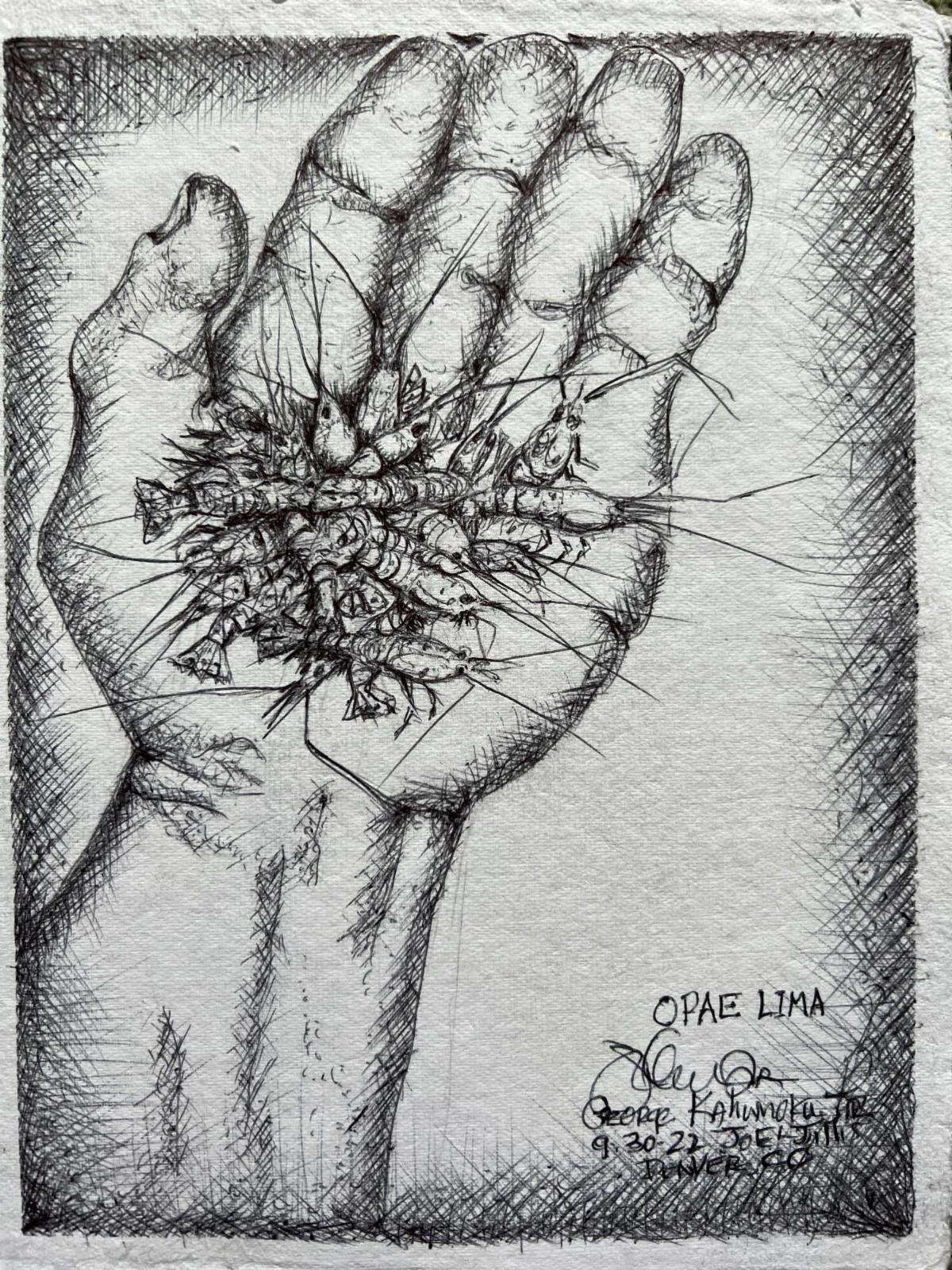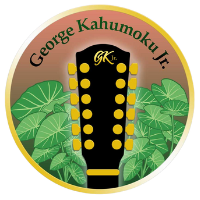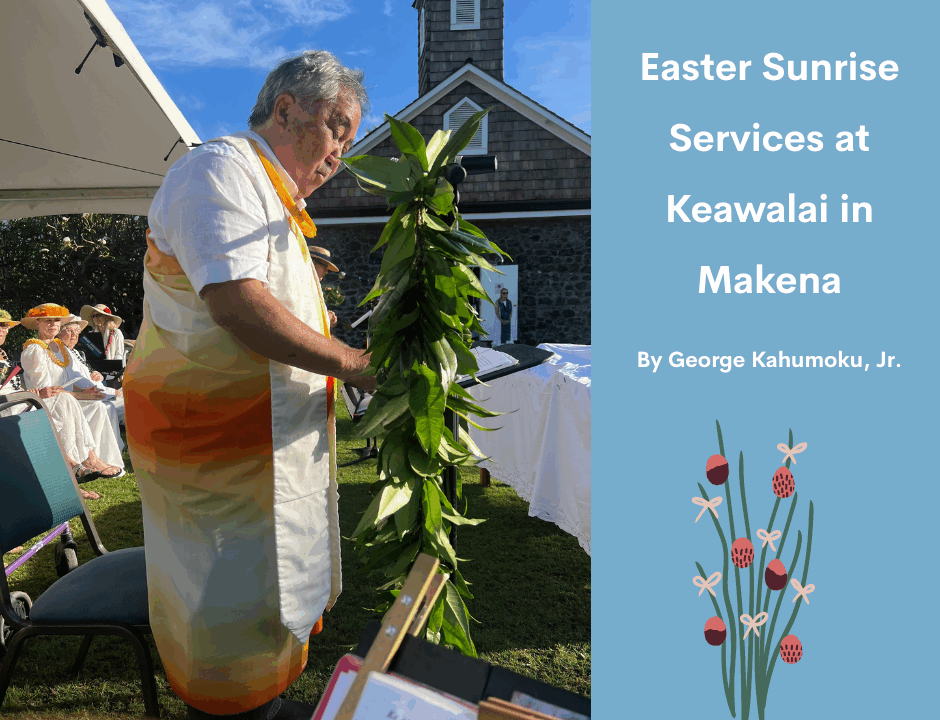The Hunt for Aunty Edith’s ʻŌpae
By George Kahumoku, Jr.


I proceeded to walk up the stream which had not been tended for years. The stream was overgrown with tall, thick California grass. Weeds caused the stream to break into small tributaries here and there making it difficult to find my way alongside the stream. I had to wade in at some places, maneuvering over stones & boulders, and through the thick brush and weeds. It was like a jungle. It was a difficult trek and it took me a couple of hours. I had gone only a quarter mile or so and started to get hot and fatigued. Climbing over some boulders that had made a little dam, I found a pool of water in the stream big enough to take a cool dip. Stepping in to rest and cool off, my feet touching the soft silt in the bottom of the stream bed, I found it was teaming with ʻōpae. My lucky day! I was in the right stream after all. Aunty would never know, so I began to gather the ʻōpae. I scooped up a gallon or so, shook them into my pillow case and headed back downstream to my parked truck.
I put the bag into a cooler and drove over to Aunty Edith’s house. Delighted to see me, I presented them to her and she tasted one right away. Looking puzzled, she said, “These aren’t from the right spot. You gathered these in the wrong place. It doesn’t taste right.” I confessed that I had not found the cave, but these were from the right stream. I promised to go back again soon.
About 2 months later I set out to find that cave. A huge storm had hit the Big Island earlier that month and so this time when I climbed down into the stream bed, it was much easier to walk upstream because the heavy storm flow had flattened the California grass and Ho’i’o fern shoots both in and alongside the stream bed. I was able to walk alongside much quicker than before and this time I easily passed the pool where I had gathered before. I continued up about half a mile, making my way up and along the side of the stream until there before me appeared the cave that she had described.
I had to wade into the stream, stepping on the slippery rocks into water about three feet deep in the entryway, and duck a bit to get inside the cave. The cave was about five feet wide inside and only a foot or so above my head. I could see light at the end of it, about 30 yards away. It was very dark in there.
Slowly I waded deeper inside the cave. It was very dark and my eyes had to adjust to the very low light. Suddenly, I got this realy eerie feeling like the ceiling was moving. As my eyes got used to the darkness, I looked up, and the ceiling & walls seemed to be moving. It was crawling with ʻōpae like 1000 cockroaches. The whole ceiling was crawling with ʻōpae. I could hear the soft rustling of their movements. Sounded like crackling of their bodies touching each other, they were so thick. Their antenna moving as they grazed on the limu ʻeleʻele growing along the edges of the cave. It was wet and damp. There were lots of ʻōpae in the water, but lots on the ceiling too. I waded quietly down to the end of the cave, scooping up the ʻōpae still in the water with my net as I walked. I reached the back opening and looking out, I could see the spring just outside. The water was crystal clear and bubbling up from the ground.
I turned around to wade back to the entrance and using my bamboo net, scooped up more of the delicate shellfish, almost a gallon altogether. I shook them into my pillowcase, and ducking slightly, I stepped back outside into the daylight. I knew I’d found the right place. I headed back downstream to my parked truck.
I drove back to Keaukaha in Hilo to Aunty Edithʻs home and brought them into her kitchen. She tasted one and turned to me enthusiastic and proud of me for finding her ʻōpae. With a huge smile said, “Mahalo, Keoki, You found the right place. This is the flavor I remember. Mahalo nui loa.”




